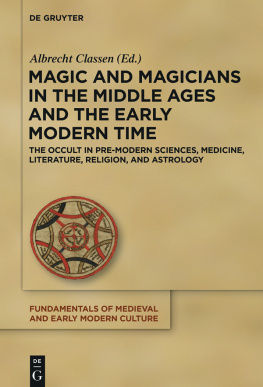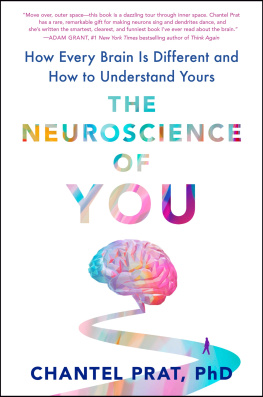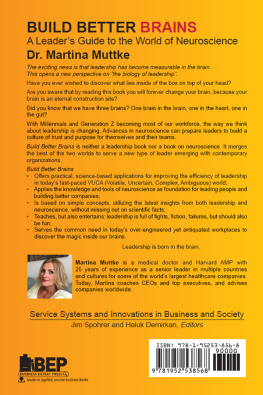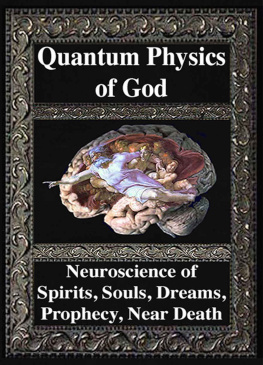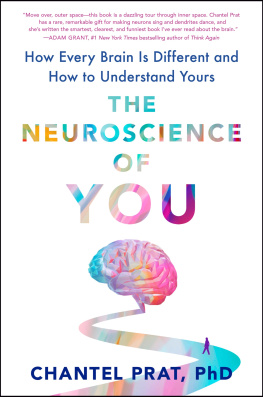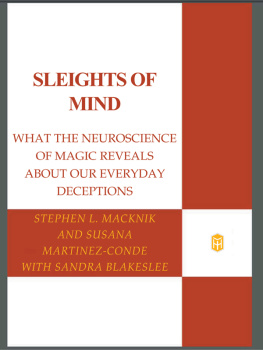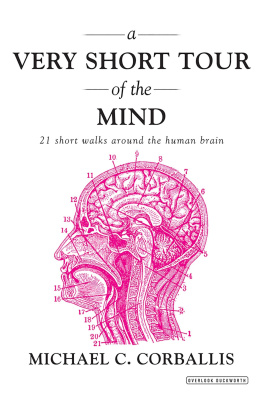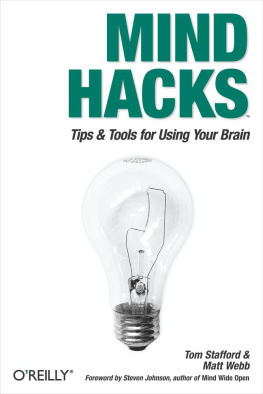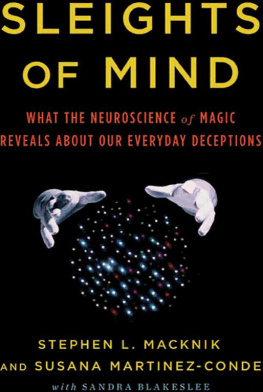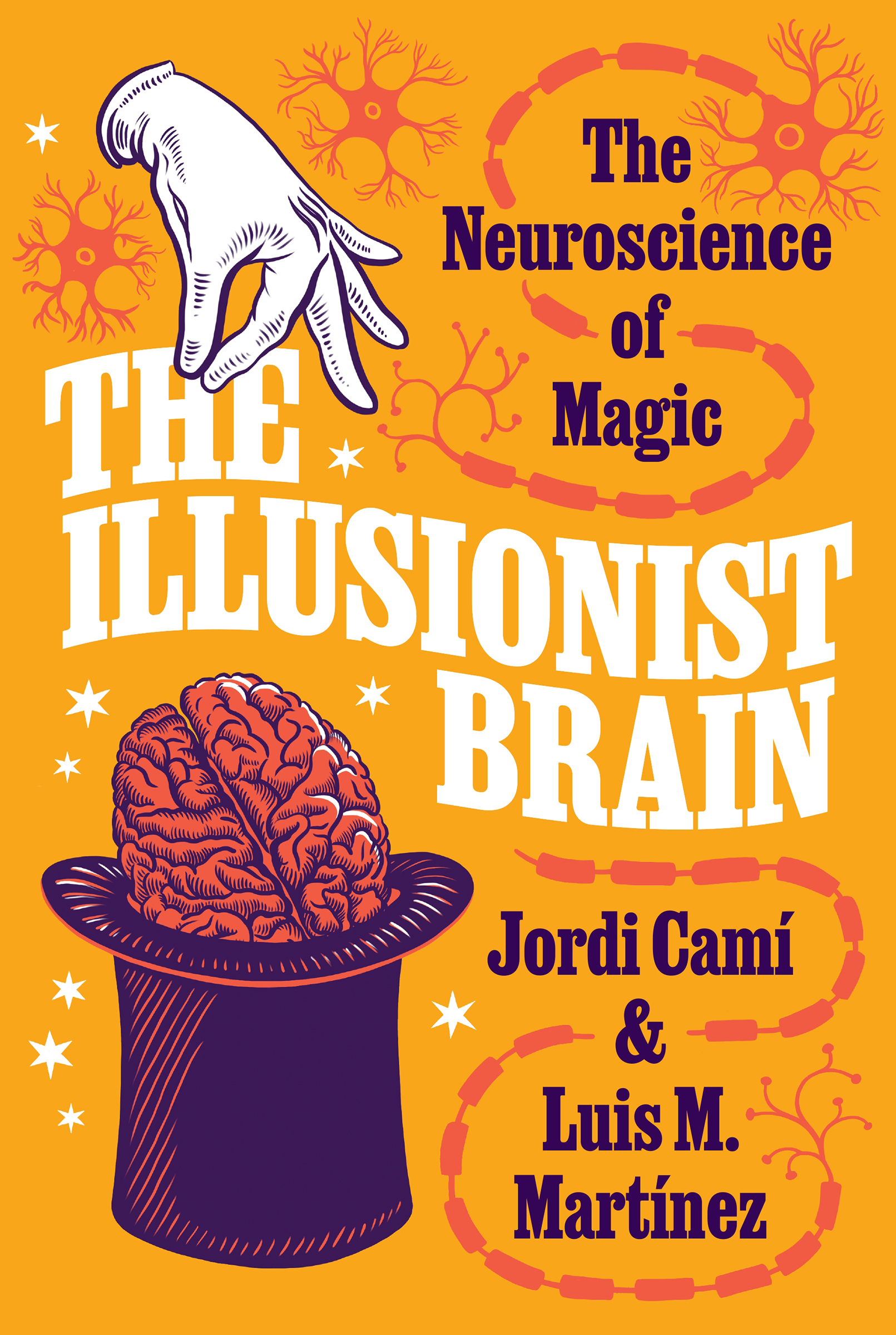THE ILLUSIONIST BRAIN
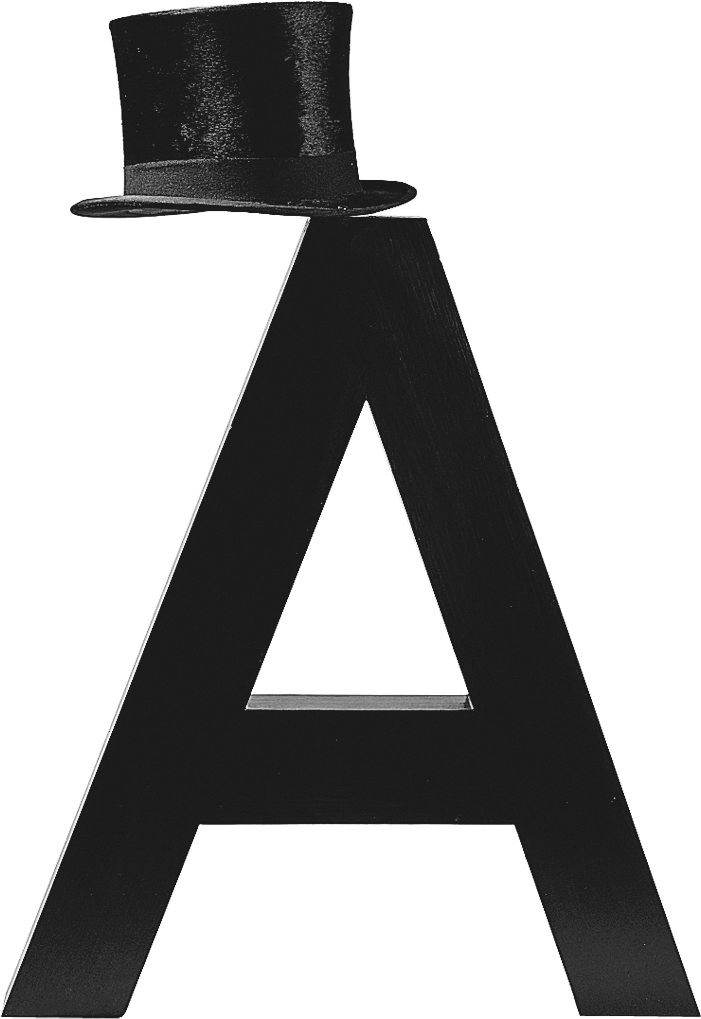
Joan Brossa, Alfa, 1986
If he were not a writer, in moments of exhilaration he would be a guerrilla, and in moments of peacefulness, a magician. Being a poet involves both.
Joan Brossa, Vivarium (1972)
THE ILLUSIONIST BRAIN
The Neuroscience of Magic
Jordi Cam and Luis M. Martnez
Translated by Eduardo Aparicio
PRINCETON UNIVERSITY PRESS
PRINCETON AND OXFORD
English language copyright 2022 by Princeton University Press
Original Spanish edition, El cerebro ilusionista: La neurociencia detrs de la magia, 2020, RBA Books
Princeton University Press is committed to the protection of copyright and the intellectual property our authors entrust to us. Copyright promotes the progress and integrity of knowledge. Thank you for supporting free speech and the global exchange of ideas by purchasing an authorized edition of this book. If you wish to reproduce or distribute any part of it in any form, please obtain permission.
Requests for permission to reproduce material from this work should be sent to
Published by Princeton University Press
41 William Street, Princeton, New Jersey 08540
99 Banbury Road, Oxford OX2 6JX
press.princeton.edu
All Rights Reserved
Library of Congress Cataloging-in-Publication Data
Names: Cam, Jordi, 1952 author. | Martnez, Luis M., 1969 author. | Aparicio, Eduardo, translator.
Title: The illusionist brain : the neuroscience of magic / Jordi Cam and Luis M. Martnez ; translated by Eduardo Aparicio.
Other titles: Cerebro ilusionista. English
Description: Princeton : Princeton University Press, [2022] | Includes bibliographical references and index.
Identifiers: LCCN 2021051899 (print) | LCCN 2021051900 (ebook) | ISBN 9780691208442 (hardback) | ISBN 9780691239156 (ebook)
Subjects: LCSH: Optical illusions. | Magic tricks. | Neurosciences. | BISAC: SCIENCE / Life Sciences / Neuroscience | PSYCHOLOGY / Cognitive Neuroscience & Cognitive Neuropsychology
Classification: LCC QP356 .C3613 2022 (print) | LCC QP356 (ebook) | DDC 612.8dc23/eng/20211221
LC record available at https: / /lccn.loc.gov/2021051899
LC ebook record available at https: / /lccn.loc.gov/2021051900
Version 1.0
British Library Cataloging-in-Publication Data is available
Editorial: Hallie Stebbins and Kristen Hop
Production Editorial: Mark Bellis
Text Design: Karl Spurzem
Jacket Design: Chris Ferrante
Production: Erin Suydam
Publicity: Sara Henning-Stout and Kate Farquhar-Thomson
Copyeditor: Cynthia Buck
Jacket illustration by Natalya Balnova, Marlena Agency
Frontispiece image used with permission from Fundaci Joan Brosssa
Contents
THE ILLUSIONIST BRAIN
CHAPTER 1
The Art and Science of the Impossible
For many of us, magic is a portal to the days of childhood. Our earliest experiences with the art of the impossible are often experiences of much fanfare, of circuses with a magnificent and varied cast of artists, or costumed magicians making cards appear from bare hands. Even if you have seen only the occasional magic show, no doubt the following scenario will feel somewhat familiar to you, as the experience of magic in many ways unites its spectators, even as magic itself stands apart from all other art forms.
A magician onstage shows her audience several seemingly ordinary pieces of wood and, in an instant, assembles them into a cube-shaped box. She places the box on a table, nonchalantly opens it, and from it removes a beautiful bouquet of purple and yellow flowers. Her audience applauds this unexpected appearance. The magician then invites an audience member onstage, asking them to thoroughly examine the inside and outside of the box, to verify that there was nothing special about it. The magician again closes the box and immediately opens it again to remove countless colored handkerchiefs. The audience erupts into a loud and synchronized round of applause. Finally, the magician invites the volunteer to examine the box once more, to ensure that it is indeed empty, and this time asks the volunteer to close it after she is done. The magician opens the box and a pair of beautiful white doves emerge and briefly take flight before returning to her hands. The audience starts again to applaud, many looking at each other in disbelief, unable to believe what they have just witnessed.
How did the magician accomplish this featthe art of the impossible? Magic is an active dialogue between the magician and her audience, but thelanguage is not one that we understand. In the following pages, we will decipher a little of that language, shedding light on how magic worksand how it manages to fool our brains.
The Art of the Impossible
Juan Tamariz, an influential Spanish magician who enjoys enormous international prestige, has said that the art of magic must have the purpose of raising the quota of happiness in the world, in others and in ourselves.
How does magicillusionism, the art of creating impossible effects that violate our expectations, tricks that conclude with the apparent transgression of natural lawswork?
In this book, we explore the cognitive processes behind the art of magic, an ancient artistic activity that, after centuries of trial and error, has accumulated an important repository of wisdom regarding its techniques.
A magic trick always begins with a demonstration, a story, or a proposition that concludes with a seemingly impossible, fascinating, and unexpected result. As spectators, we are captivated by the disparity between what we assume will happen at the end of the trick and what we finally observe happening. These outcomes are tremendously provocative. They contradict our hypotheses and make us doubt everything we have learned. They are a cognitive dissonance in and of themselves.
Why are our brains taken by surprise? Why does magic collide with all our mental schemes and often break them? As we will see in the following pages, magic works because it takes advantage of the limitations of the brains normal processing. Magicians understand how our brains process information. They know where the brains weaknesses are, and they know how to design tricks that capitalize on those weaknesses by manipulating our attention and perception so that we overlook important details, or making us see or hear things that are not there.
The human brain is a very advanced organ. Its capabilities are highly perfected and adapted to our environment and lifestyle, so much so that we usually are not aware of its limitations, both physical and metabolic. These limitations, however, are very real: every moment our brains receive an enormous amount of information through our senses, far more information than we are aware of. Yet another limitation is speed: the transmission of information between neurons is relatively slow and must overcome several bottlenecks throughout the brainpoints at which one part of the brain circuit holds back the potential transmission and processing capacity.
Through evolution, the brain has overcome these limitations by developing extraordinarily effective strategies to process everyday sensory information. For instance, the brain may build an illusion of a continuous experience where there isnt one, or it may make inferences based on limited data, as when we recognize a person from afar simply by the way they walk.


